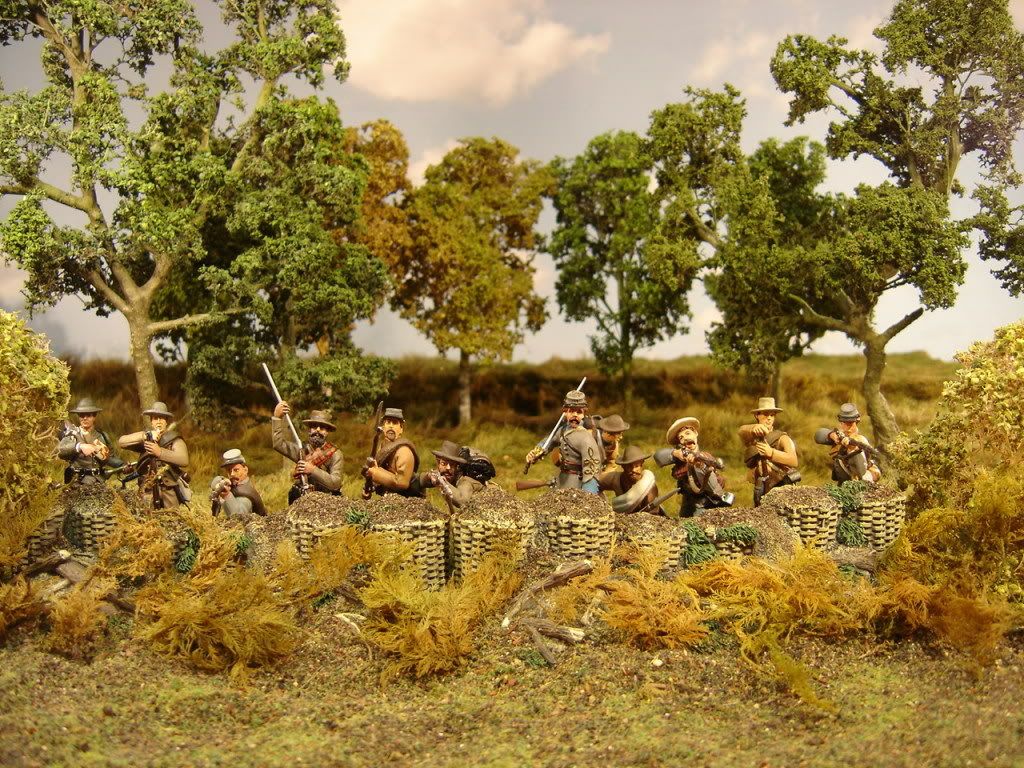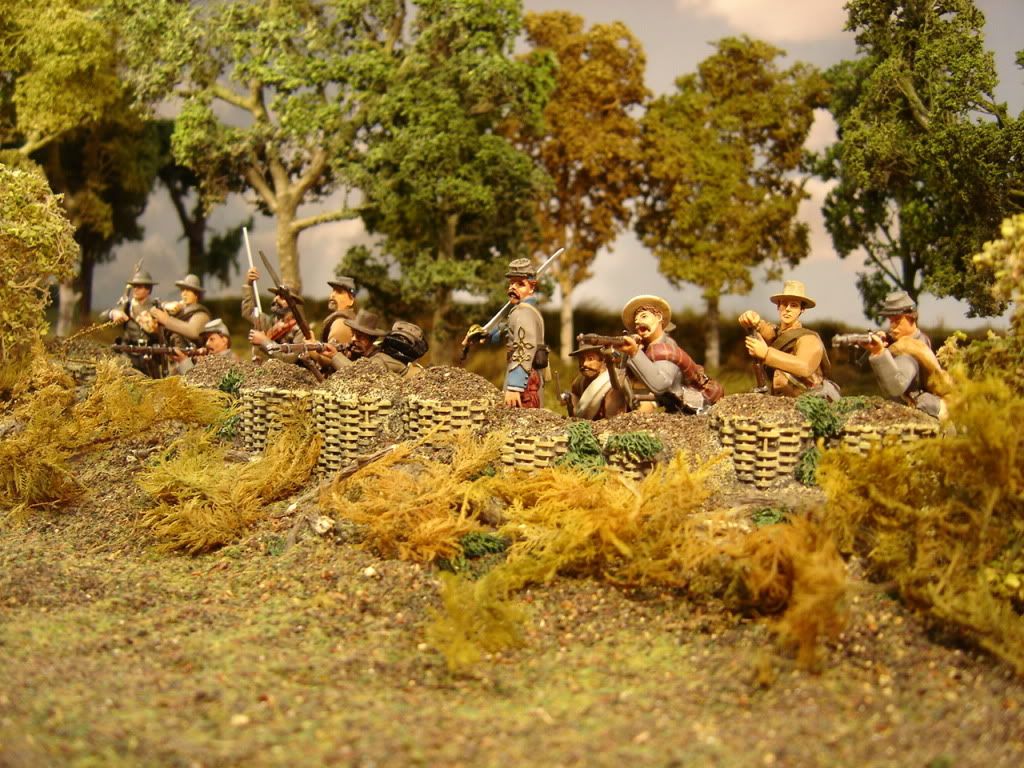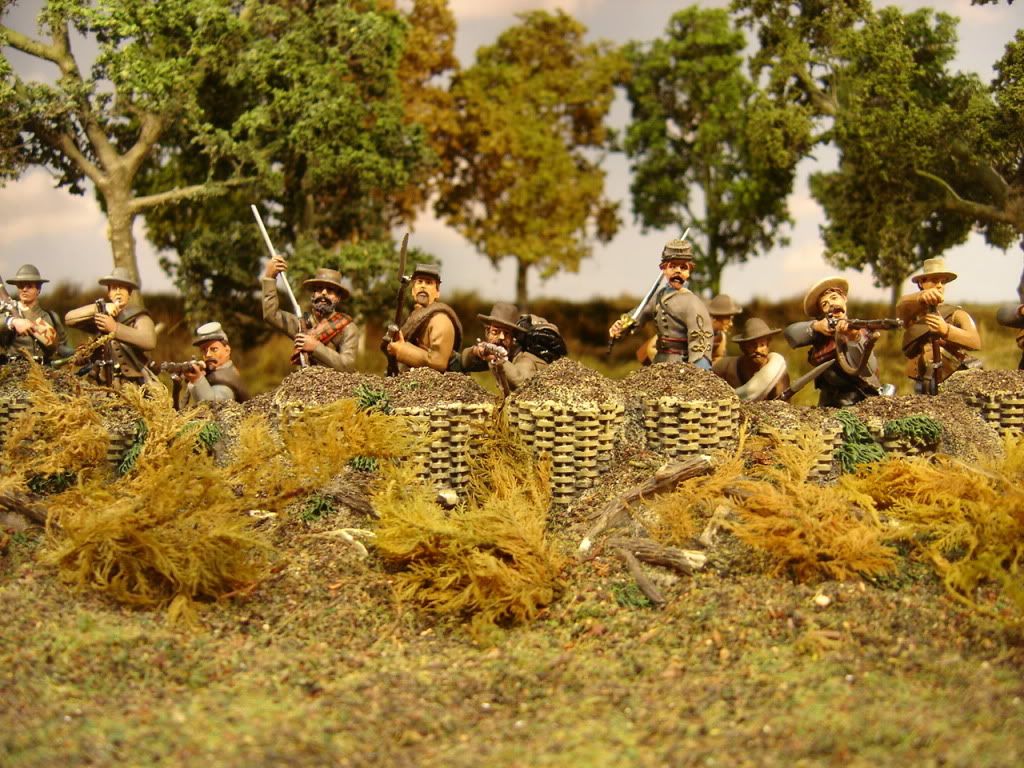I might dispute the conclusion that the Confederates were effective in delaying the end of the war. In fact, I would say because of the offensive tactics that were the bread and butter of the Confederacy, that almost the direct opposite is true. I believe that the offensive strategy employed by the Confederacy shortened the war by several months, if not years. Outside of the obvious instances where Lee or others were forced into defensive tactics, the Confederates took the offensive whenever possible, and much to their detriment in many cases in regards to casualties and area lost. The most obvious examples are in the campaign for Atlanta where Johnson fought a defensive struggle to delay Sherman, was replaced by Hood, who promptly went to the total offensive, got shot to pieces in several actions around Atlanta and lost the city in short order. Johnson might have kept Sherman at bay for quite a while. Hood then threw away what was left of his army in an ill-fated offensive in Tennessee, further shortening the Confederacy's ability to resist. Confederate offensives continually threw away precious manpower and land throughout the war. There is a controversial, but quite interesting work called "Attack and Die" by McWhiney and Jamieson, that puts forth this exact theory. While some of the example used by them are debatable and the numbers somewhat skewed in favor of their argument, it is a viable and supportable argument. Lee himself only went over to defensive tactics when offensive tactics were no longer possible, viable, or presented a possibility of victory. It is hard to say that the lost offensive campaign at Gettysburg was not a crushing blow for the Confederate cause. The argument that the stategic and tactical offensive cost the Confederacy what little chance of overall victory that they might have had is hard to disprove. -- Al







